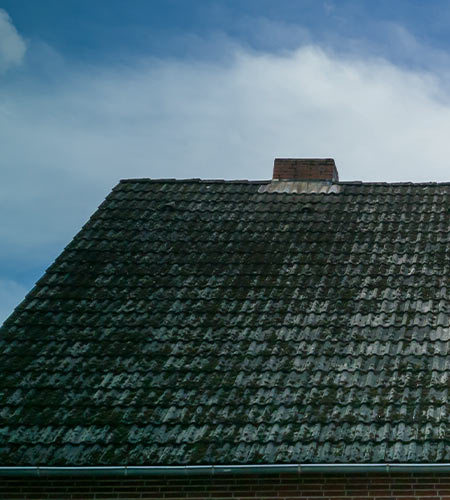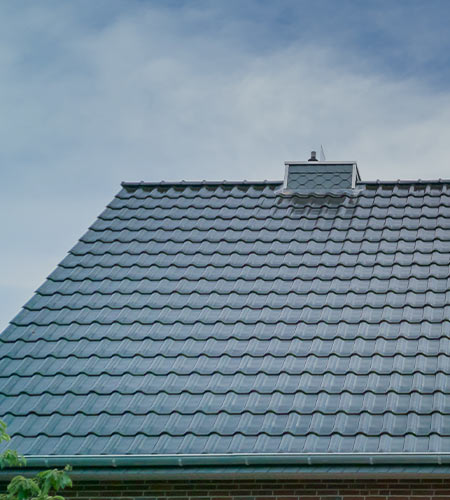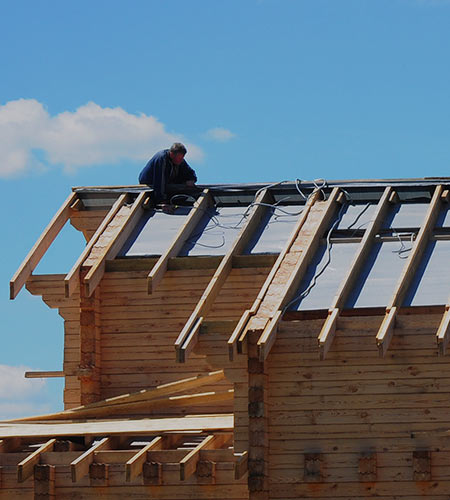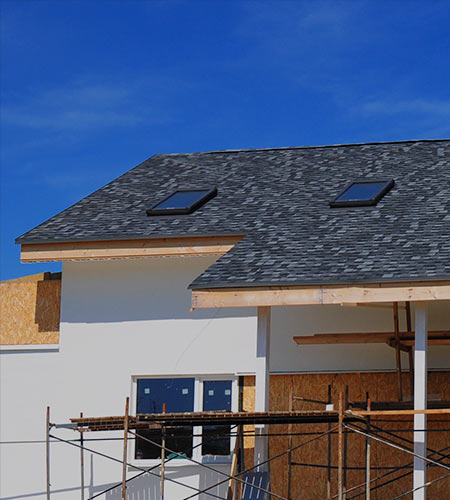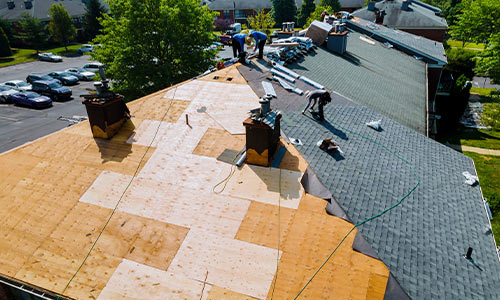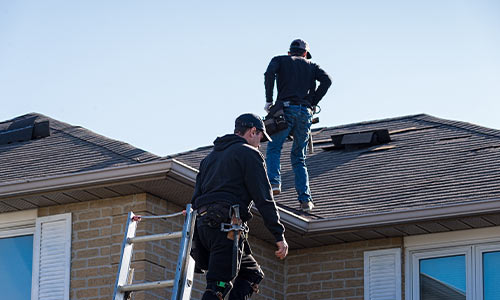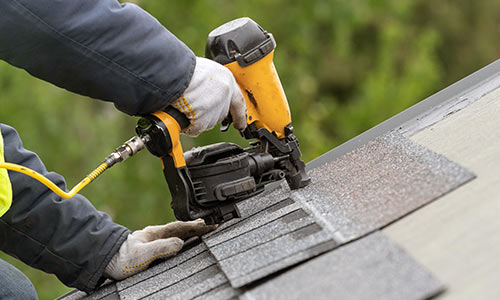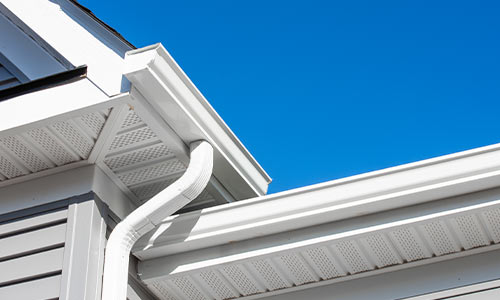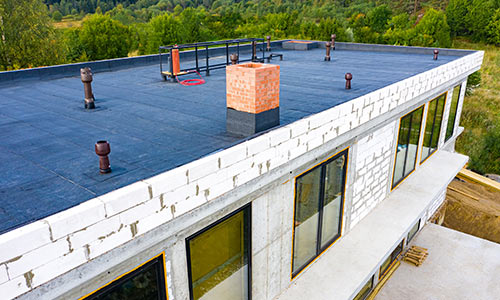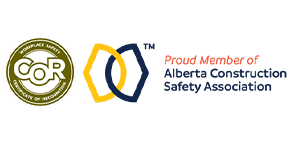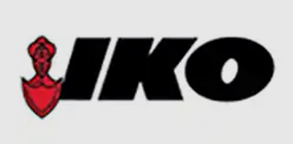EXPERT ROOFING SERVICES IN AND AROUND EDMONTON
Is your roof troubling you? Let Silverline Roofing handle all your roofing needs. We give you peace of mind at an affordable price!
GET A FREE QUOTE

Trusted Choice of Roofing Contractors

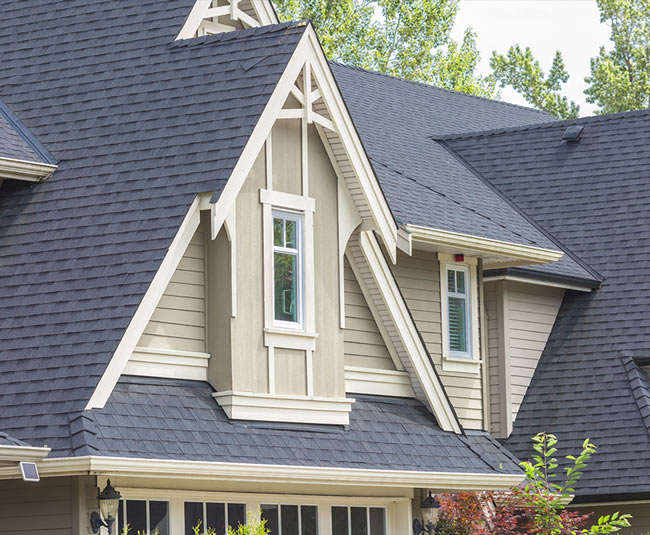

Quality Roofing Services For Your Home And Business
From minor repairs to new construction contracts, we have handled a vast portfolio of projects of all sizes. We specialize in commercial and residential roofing as well as skylight installations. Our services include:
Reroofing/Replacement
Are you considering a roof replacement in Edmonton? Consult the professionals at Silverline Roofing for an honest opinion.
Roof Inspection
Have your roof inspected for damaged to save time and money. We can help catch issues now so that they don’t turn into larger problems.
Roof Repair and Maintenance
For efficient roof maintenance in Edmonton, for your residential and commercial properties, you can depend on Silverline Roofing.
New Roof Construction
Whether you are buying a new home or renovating your old house, choose Silverline Roofing for new roof installation services in Edmonton.
Eavestroughs and Gutters
Your eavestroughs, soffit, fascia, and downspouts are critical components of your roof. Maintaining these systems can extend the lifespan of your roof.
Commercial, Flat Roofing
When it comes to running a business, your roof should be top priority. Visit our site Silverback Torch On Systems to see how we can help.
Why Customers Choose
Silverline Roofing?
We understand the importance of offering our customers peace of mind during their roofing project. See what our customers are saying about us.
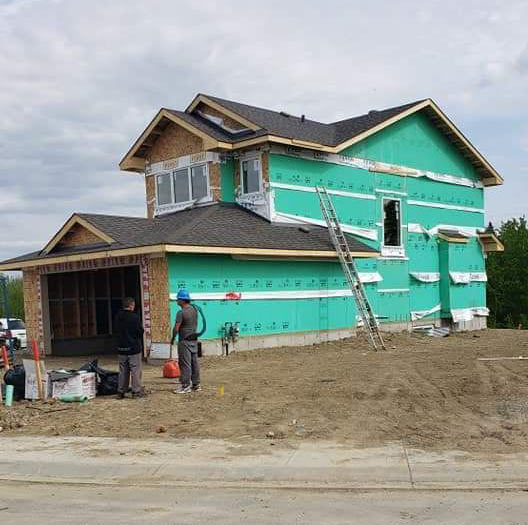
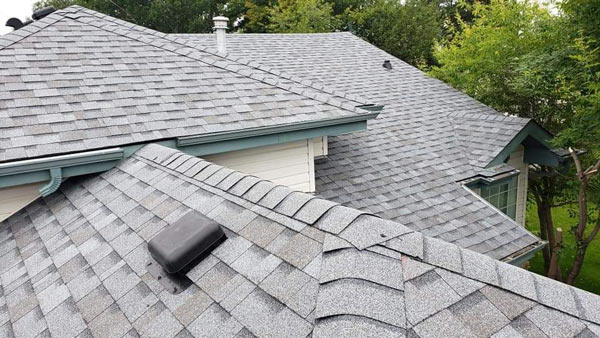
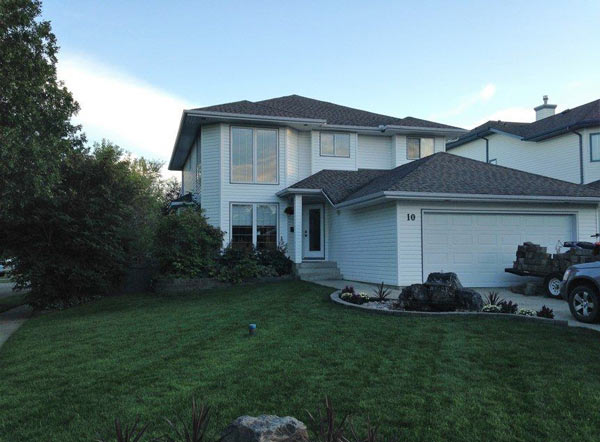
Efficient, Prompt, and Guaranteed Work
We are more organized as a team which makes it easier for us to provide you with fast and efficient services. All our jobs come with a 5-year labour warranty and 100% customer satisfaction guarantee.
Experienced Workforce
Our success can be directly attributed to our top-level workers. To give you the well-constructed roof that your home or business deserves, we only employ people with the required expertise and experience who can provide the best possible roofing solutions.
Personalized Service
We prioritize your preferences over everything else and offer budget-friendly services. According to your needs, our work can be modified and possibly applied to eliminate your roofing problems.
Guaranteed & Certified Work
